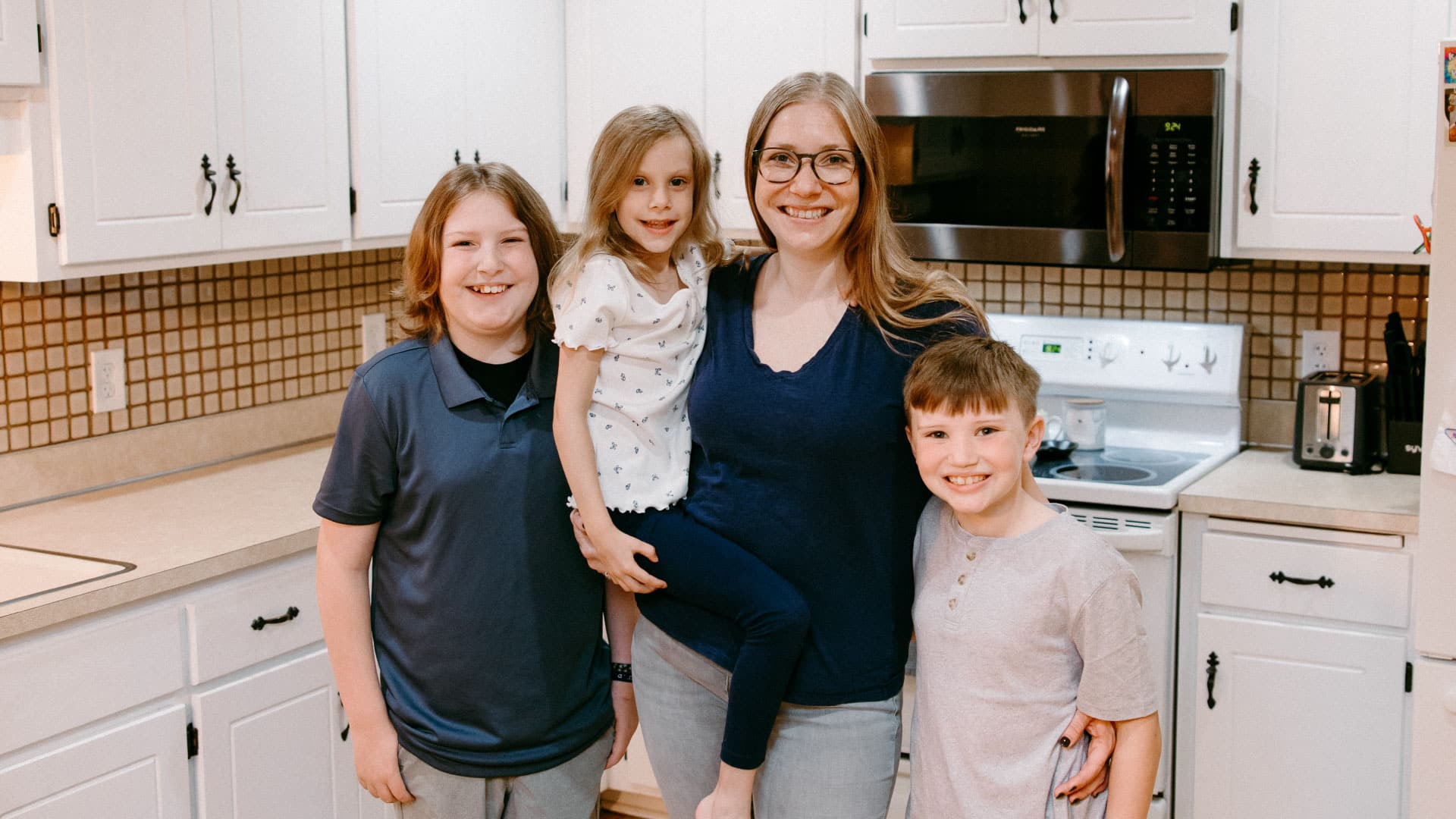Key Takeaways
- The cost of living in Minnesota is shaped by housing, transportation, food, healthcare, childcare, and taxes.
- Urban areas like Minneapolis have higher property costs but provide more amenities than rural regions.
- Transportation costs vary with available public transit and commuting patterns.
- Healthcare, childcare, and education are major components of overall household expenses.
- Understanding these factors is essential for effective personal budgeting and long-term financial planning.
Understanding the Cost of Living in Minnesota Today
Minnesota offers a diverse living environment—from vibrant urban areas to quiet rural communities. Prospective homebuyers consider a variety of expenses including housing, transportation, food, healthcare, childcare, and taxes.
In this article, we’ll take a look at these factors to help you, as a buyer, understand how your income meets everyday needs while balancing long-term home financing decisions.
Examining Housing Expenses Across Minnesota
Minnesota’s housing costs vary significantly depending on whether one lives in urban, suburban, or rural settings. In cities such as Minneapolis or St. Paul, the market commands premium prices. Apartments in Minneapolis typically rent for $1,200–$1,800 per month, while suburban homes in areas like Eden Prairie or Plymouth range between $250,000 and $450,000.
Rural areas offer more affordable options, with many properties priced under $200,000. Additionally, homeowners must consider utility bills—which can increase during colder months—and moderately high property taxes of around 1.2–1.5% of a home’s assessed value.
Transportation Costs Within the Minnesota Landscape
Transportation is a major component of Minnesota’s living expenses. Urban centers benefit from extensive public transit systems such as Minneapolis’ buses and light rail—with monthly passes costing around $80–$100. However, many residents, especially in suburban and rural areas, depend on personal vehicles.
Costs for fuel, maintenance, and insurance can add up, with annual expenses typically ranging between $1,500 and $2,500 for maintenance plus additional insurance premiums. Commuting distances also influence expenses; shorter, predictable commutes in cities contrast with longer drives in less urbanized areas. Moreover, initiatives promoting bicycle and pedestrian travel help reduce costs and support eco-friendly lifestyles.
Food and Grocery Prices Affecting the Minnesota Budget
Grocery expenses in Minnesota depend largely on family size, dietary preferences, and shopping habits. On average, individuals may spend about $250–$350 per month on groceries, while families of four might spend between $600 and $900.
Dining out varies as well; casual meals generally cost $10–$20 per person, whereas full-service restaurants can charge $25–$50. Many residents also take advantage of farmers markets, where fresh, seasonal produce is available at competitive prices.
Regional differences mean food prices might be slightly higher in urban areas compared to rural communities, prompting some residents to opt for discount chains or bulk buying to manage their monthly budgets.
Healthcare Spending as Part of Minnesota’s Living Expenses
Healthcare is a critical area of spending in Minnesota. Residents face moderate to high health insurance premiums—typically $400–$600 per month for individuals and higher for families—due to the quality and range of available plans. Beyond these costs, out-of-pocket expenses such as co-pays, deductibles, and prescription costs add to the overall budget.
Minnesota’s robust network of hospitals and clinics, particularly in the Twin Cities, often results in higher initial insurance costs but can lead to effective preventive care and satisfactory outcomes. State programs and income-based are available to help mitigate these expenses for vulnerable populations, ensuring access to necessary care.


Childcare and Education Financial Commitments in Minnesota
Childcare and education are significant concerns for families. Daycare and preschool costs vary widely; full-time infant care averages at around $440 per month while toddler programs typically cost between $600 and $1,000. Public schools are funded mainly through state and local taxes, though families sometimes face additional fees for supplies, extracurricular activities, or technology.
For higher education, tuition costs differ between public institutions like the University of Minnesota and private colleges, with additional living expenses for rent, food, and transportation. Financial aid, scholarships, and state assistance programs play a key role in easing these burdens for many households.
Taxes and Miscellaneous Expenditures in the Minnesota Cost of Living
Taxes, including state income tax, sales tax, and local fees, affect overall living expenses in Minnesota. The state uses progressive income tax brackets, with rates ranging from approximately 5.35% for lower incomes to over 9% for higher earners. Additionally, Minnesota’s general sales tax is 6.875%, though some essentials like groceries may be taxed at lower rates. Local taxes on property and municipal fees also contribute to the funding of essential services including schools, police, and firefighting. Furthermore, discretionary spending on entertainment, personal care, and recreational activities, which may add $100–$300 monthly, also forms part of the overall financial picture.


Final Thoughts
In summary, the cost of living in Minnesota is determined by several key factors such as housing, transportation, food, healthcare, childcare, and taxes. Urban areas like Minneapolis incur higher costs due to elevated market prices but provide more amenities, while suburban and rural regions tend to be more affordable.
By evaluating recurring and incidental expenses and leveraging available state programs, prospective homebuyers can make informed choices that balance quality of life with financial sustainability.
Frequently Asked Questions
Q: What is the average rent for apartments in Minneapolis?
A: One-bedroom apartments typically rent for between $1,200 and $1,800 per month, depending on the location and available amenities.
Q: How do property taxes in Minnesota compare to other states?
A: Property tax rates are moderately high, usually ranging from 1.2% to 1.5% of a home’s assessed value, due to local funding requirements.
Q: Are public transit options affordable in Minnesota’s urban centers?
A: Yes, cities like Minneapolis offer efficient and affordable public transit, with monthly passes costing about $80 to $100.
Q: What should families expect in terms of childcare costs in Minnesota?
A: Daycare and preschool programs typically range from $600 to $1,200 per month, with costs varying by location and program type. For more information on buying a home, visit how to buy a house in minnesota.
Q: How do healthcare expenses in Minnesota impact overall living costs?
A: Even though health insurance premiums are moderate to high, efficient preventive care and state assistance programs help in managing overall medical expenses. Minnesota mortgage assistance can provide additional support.
Ready to Find a Home in Minnesota?
If you’re planning to buy a home and want expert help navigating costs, loan options, and local programs, First Class Mortgage is here for you. We know Minnesota inside and out and can help you find the right loan to fit your budget and lifestyle.
Contact us today to get started with a free consultation and learn how we can support your homebuying journey from start to finish.
First Class Mortgage
First-class service. First-class knowledge. A first-class experience. We are staffed and operated by people who understand that each customer is special and individual attention is necessary to satisfy each unique financial situation. That’s why at First Class Mortgage, we have simplified the mortgage process.
Locally owned. Connected nationwide.


